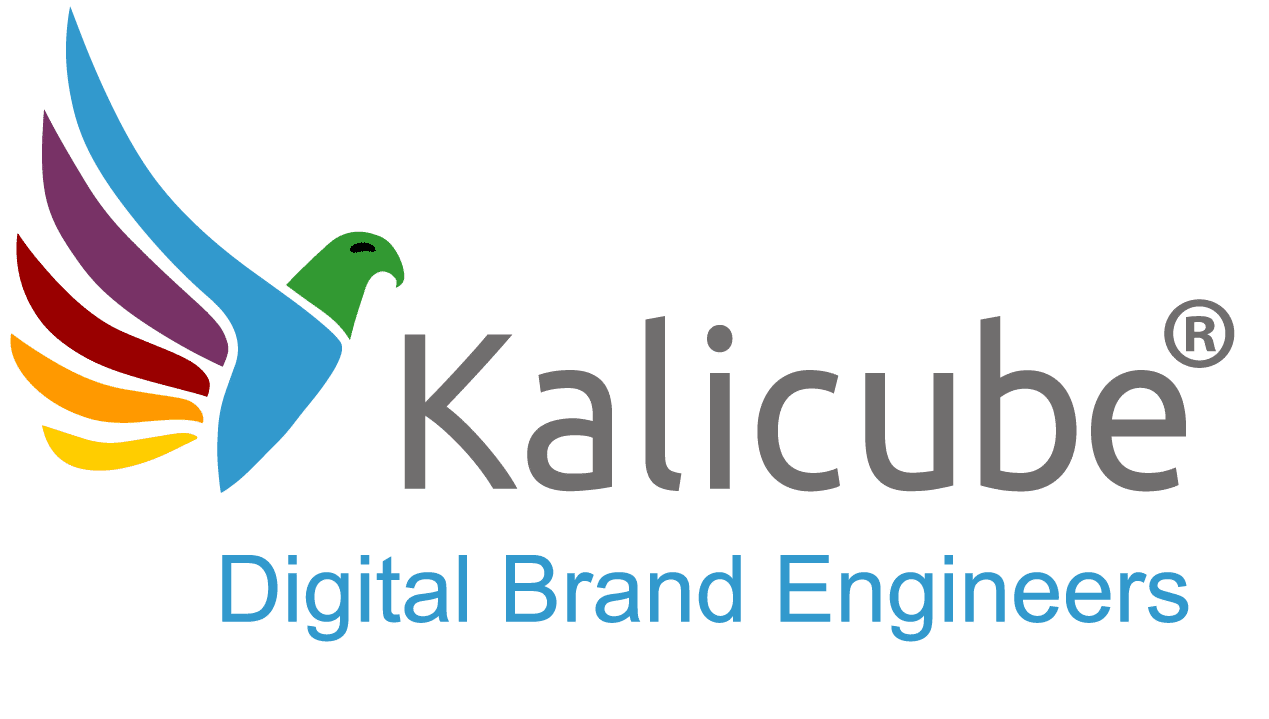Google’s Concept of Rich Sitelinks in Brand SERP

What Are Google Sitelinks and How Do They Work?
Rich Sitelinks are the blue links from the brand’s website underneath the homepage at the top of the Search Engine Results Page for a search query on the brand’s name (we call this a Brand SERP).
Google uses Rich Sitelinks to improve the on-SERP experience of its user. The aim is to allow the user to navigate directly to the part of your site that they want to visit, rather than going through your homepage, and then your navigation system, which is potentially a bad user experience. Read more below…
Here is an article about Rich Sitelinks in SEO as explained by Jason Barnard (The Brand SERP Guy®).
How Does It Work?
Google chooses between 4 and 10 pages that it feels are most relevant and useful to the user according to their context. That context consists of many factors, including the geo-location of the user, their search history, the type of device, and historical data from the pool of searches on your brands name.
Some examples of context – on mobile, Google might choose a page specifically for downloading a mobile App, whereas it wouldn’t do that for desktop. If the user is geo-located near a specific outlet, Google might choose the page that represents that shop. If the user searches the brand name very regularly, Google might be more inclined to show the login and client support pages because it will image your a client. So bear in mind that you need to have a variety of pages that Google can use to cover as many user-specific contexts as possible.
What Are the Pages That Typically Show as Rich Sitelinks?
As mentioned earlier, Google chooses pages that it feels users might want to access directly. Pages that are helpful and relevant to the user who just Googled your brand name. Obviously there is great variety, but here are some of the main candidates.
- About us
- Contact us
- Careers
- Major product pages
- Category pages
- FAQ section
- Pricing page
- People profiles, especially C level employees)
- Your Blog homepage
- Location pages
- Upcoming events pages
- A recent article
- Download pages
- Review pages
- Login page
- Client support
- Product pages
- Product Category pages
Most of these pages are unimportant within your wider search engine optimisation strategy. Many brands don’t do any optimization on them at all. But in the context of your Brand SERP, they take on enormous importance and are well worth optimizing for that.
Book a call with Jason Barnard to get started optimizing your Brand SERPs.






